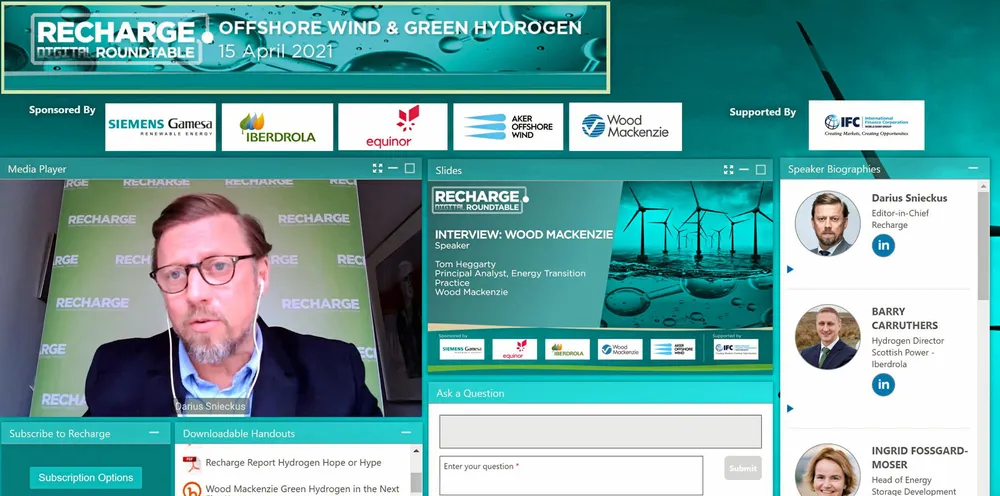Offshore wind and hydrogen 'uniquely suited' – but scale and speed key: Recharge roundtable
Panel of major industry players sees vast potential for marrying large-scale turbine deployments with electrolysis, but challenges remain

Panel of major industry players sees vast potential for marrying large-scale turbine deployments with electrolysis, but challenges remain
